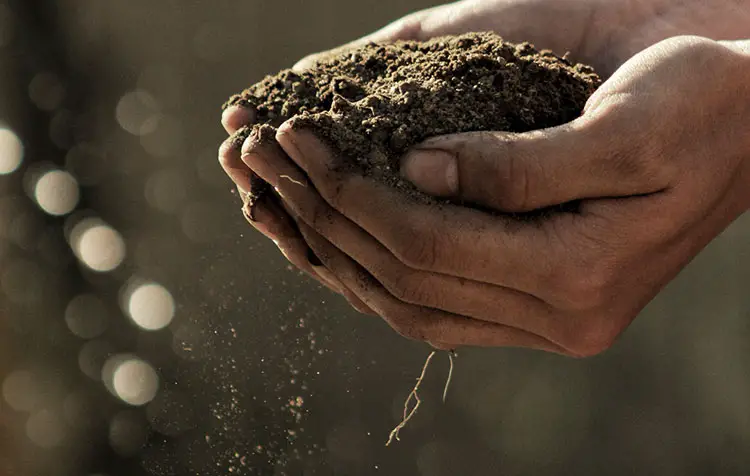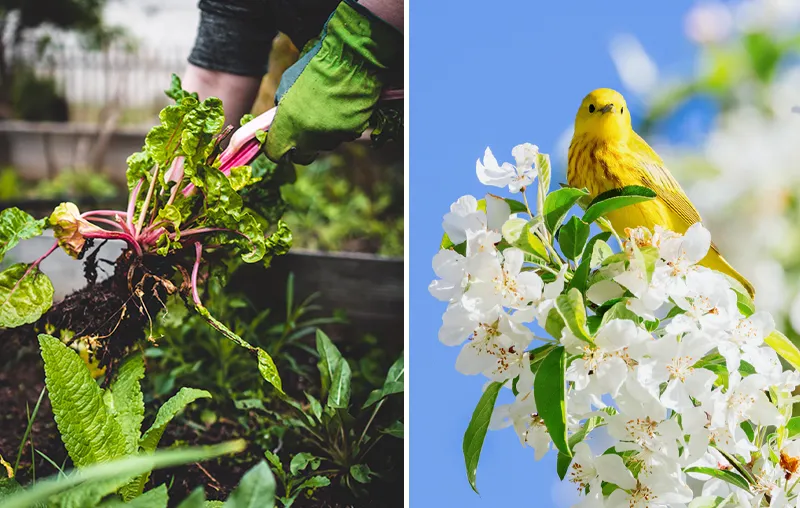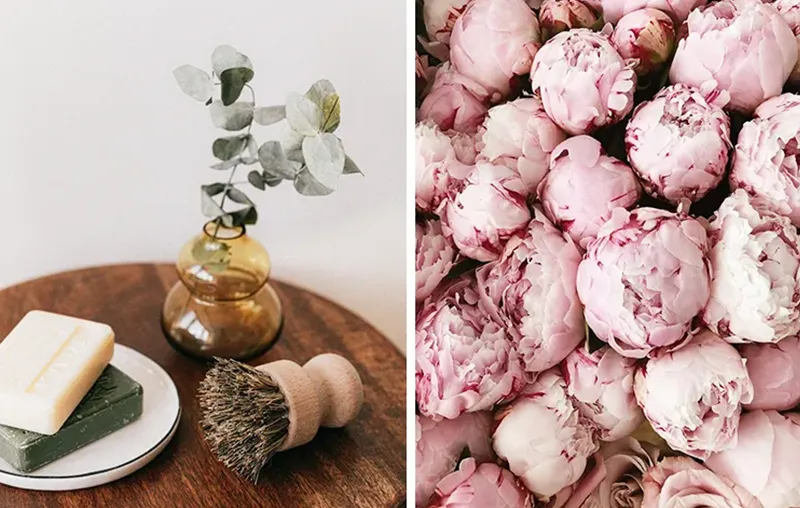Looking for peat-free soil and a comparable substitute for peat in the garden? Then you've come to the right place! Especially because the organic sediment can bind water very well and has a high acidity, it is particularly popular as garden soil. But the peat in potting soil comes from raised bogs, where its extraction destroys the habitats of countless animal and plant species and thus contributes to the global Environmental problem of species extinction contributes. Peat cutting also makes a significant contribution to climate change, as the greenhouse gas CO2 escapes when peatlands that are actually completely intact are drained.₁
But what are the alternatives? You can get Buy soil and mulch. But note that also Organic soil unfortunately is not always peat-free! Instead, terms such as "peat-reduced" or "low peat" often adorn the packaging of potting soil in the gardening section of DIY stores, which are supposed to make us consumers feel better, but of course still harm the environment. In addition, the term "organic" is not even protected for potting soils. But of course there is also more environmentally friendly and completely peat-free soil for sustainable gardening!
In this article, I would now like to introduce you to some soil materials of at least equal quality that are very suitable as peat substitutes for your garden soil and flower pots. Let's go!
In advance, you can find a short overview of the alternatives here:
- Compost
- Softwood mulch
- Fibers and barks
- Sand
- Coconut fiber
- Rice husks
- Perlite
- Bentonite
- Coffee grounds
- Expanded clay
1. compost
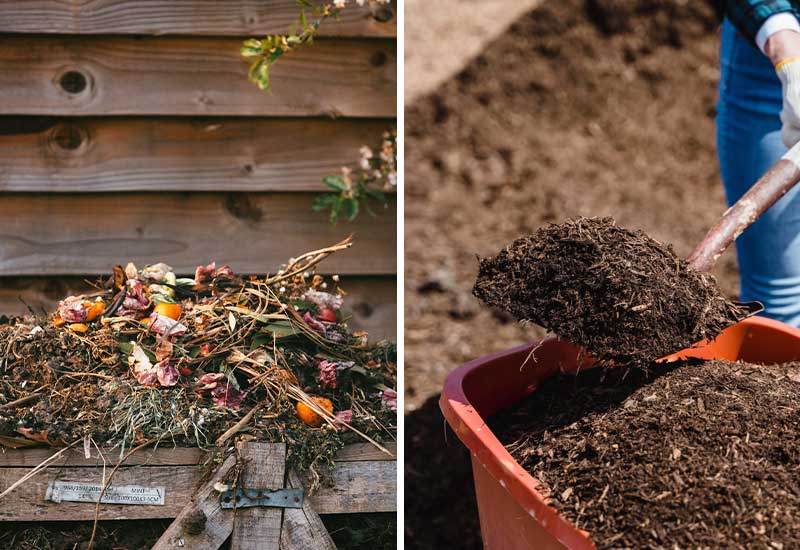
To replace the positive capabilities of peat definitely helps Green waste compost, which usually consists of deciduous leaves, as well as green, woody and hedge cuttings.
Ideally, you should have the opportunity to make your own Create compost pile yourself. In this way, you can ultimately create fertile and sustainable soil - and supplement peat-free potting soil from the store. Alternatively, you can get compost from nearby composting facilities.
Tip: You can even make much of your own garden soil from soil, compost and clay!
2. softwood mulch
Coniferous trees such as fir, pine or spruce need acidic soil to grow. The bark of the trees is accordingly well suited to the High acidity of the peat soil.
3. fibers and barks
However, peat is also a good water reservoir. However, so are components of trees, such as wood fibers and bark. Unlike peat, these are even better able to release absorbed water. Pine bark, for example, is very suitable as an alternative material.
4. sand
Sandy soil has a very good water permeabilityso that excess water can seep away very well - however, the storage of water is a problem with him. But in combination with tree components and compost, it is definitely a useful peat substitute. Therefore, simply mix them together to simultaneously also provide a better Root aeration of your plants.
5. coconut fiber
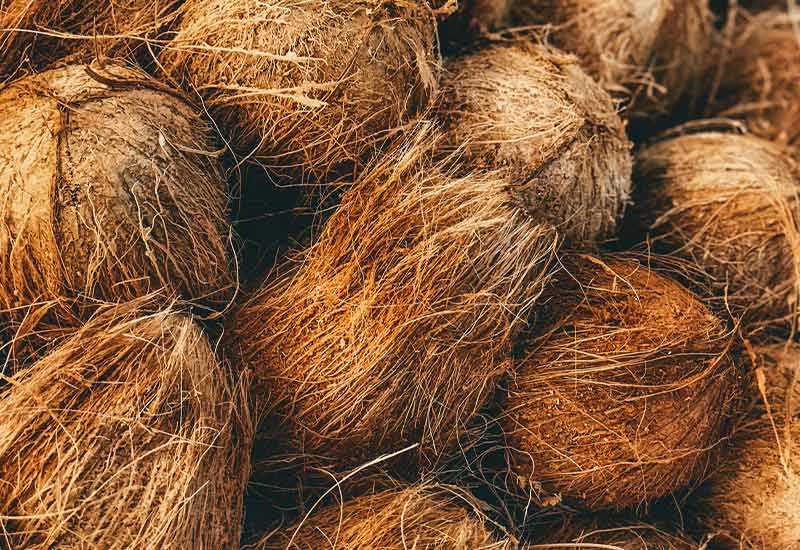
Coconut soil is probably the most equivalent alternative - considered on its own - for peat soil. The soil has a loose structure and can store nutrients and water very well. Basically, it consists of small particles of coconut shells, as well as dried, pressed bark of coconut palms. Coconut fibers and chips are also good for soil aeration.
While all of these components are usually Waste products from coconut production - but the cultivation of coconut plantations and the long transport routes pollute the environment. Therefore, when buying, always take a look at the corresponding organic and fair trade certifications.
6. rice husks
So-called rice husks are left over when rice is threshed by hand or with machines. In addition to wood fibers, they can also contribute as a peat-free supplement to give the garden soil a loose, airy and large pored structure and thus create ideal conditions for plant growth.
7. perlite
Perlite is an aged glass of volcanic origin. The inorganic excipients do not contain valuable nutrients for plants, but are very suitable for this purpose in addition to the Drainage and ventilation the earth in your garden.
8. bentonite
Bentonite is clay powder, which in the soil helps to Retain moisture longer. For example, mix in a few hands of them in sandy soils to mimic the corresponding ability of the peat. Basically, these clay minerals are added to peat-free soils for sale, because they are an ideal nutrient store and manager.
9. coffee grounds
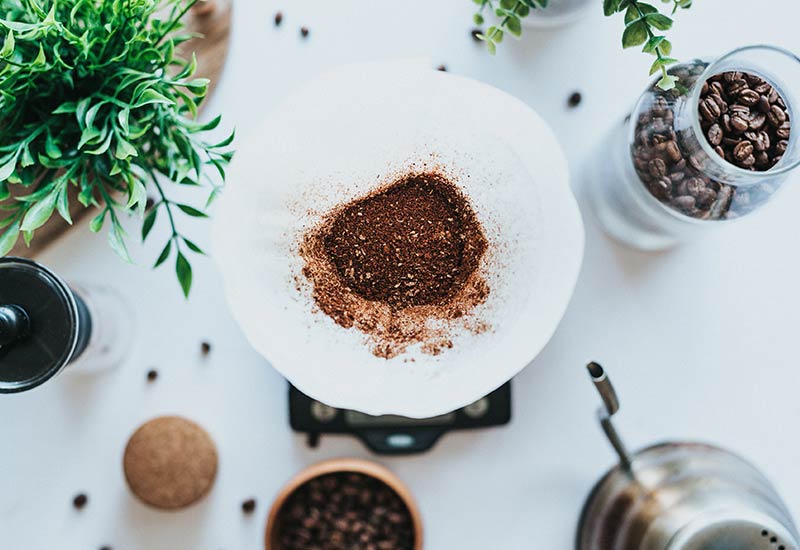
Although the coffee bean does not originate in Germany, its ground residue left in the filter after the preparation of a fresh coffee, which would otherwise go into the garbage can, can still be used very well as a sustainable soil amendment. This makes sense because coffee grounds also have a high Acidity and thus mixed with the soil is considered a good alternative for peat.
10. expanded clay
Expanded clay is a pretty versatile building material. Although it does not store water so well, it can aerate and loosen the soil - and thus excess water better drain let. Also for this reason it is very suitable as the first layer in the flower pot under compost and bark mulch.₂.
Notice: Hardly any material can replace peat on its own - but the combination makes it possible.
Go for peat-free soil - and promote biodiversity and environmental protection!
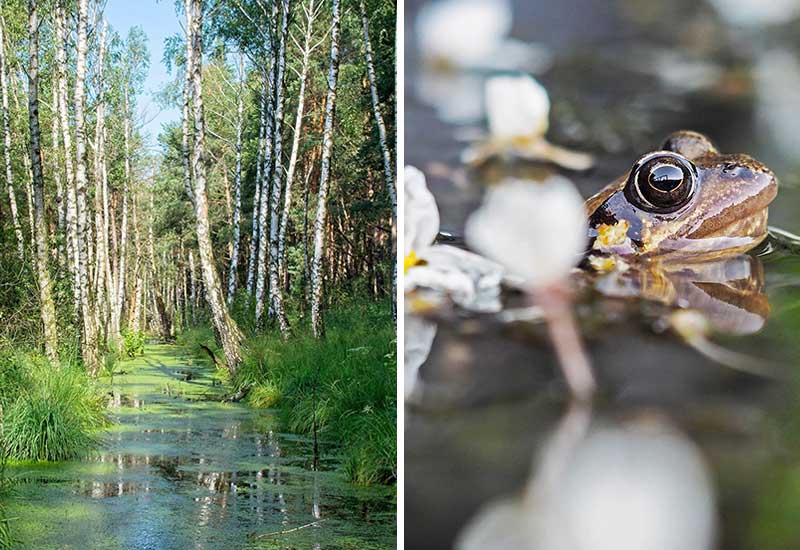
Whether for potted plants on the patio or balcony, vegetable beds or a wildflower corner, soil without raised bog peat can be just as good for plant growth. Also because it helps to keep the Stop species extinction and the Counteract climate changeit is worthwhile to keep an eye out for suitable alternatives. When making a targeted purchase, you should also consider the "BUND Purchasing Guide for Peat-Free Soils". help by showcasing the products and vendors that take environmental and marsh conservation seriously.
Here you have learned today some options for peat replacement. And when you buy peat-free soil at the hardware store or florist, please prefer the packages that have the words "peat-free" or "without peat" on them.
Do you have any questions, tips or suggestions about peat-free soil? Then I look forward to your comment.
Stay sustainable,

PS.: You want to get your Make garden even more bird friendly? In the linked article you will learn what to do. Good luck!
References:
₁ Federal Environment Agency: No peat in the pot (as of 19.03.2021), available at https://www.umweltbundesamt.de/themen/kein-torf-in-den-topf. [16.02.2022].
₂ Anna Katharina Küsters: Peat substitutes - How to protect the environment with ecological alternatives (as at: 10.02.2021), available at https://www.24garten.de/mein-garten/gaertnern/torfersatz-alternativen-moeglichkeiten-kompost-rindenhumus-moor-gewinnung-abbau-balkonpflanzen-holzfasaern-90166856.html. [16.02.2022].

